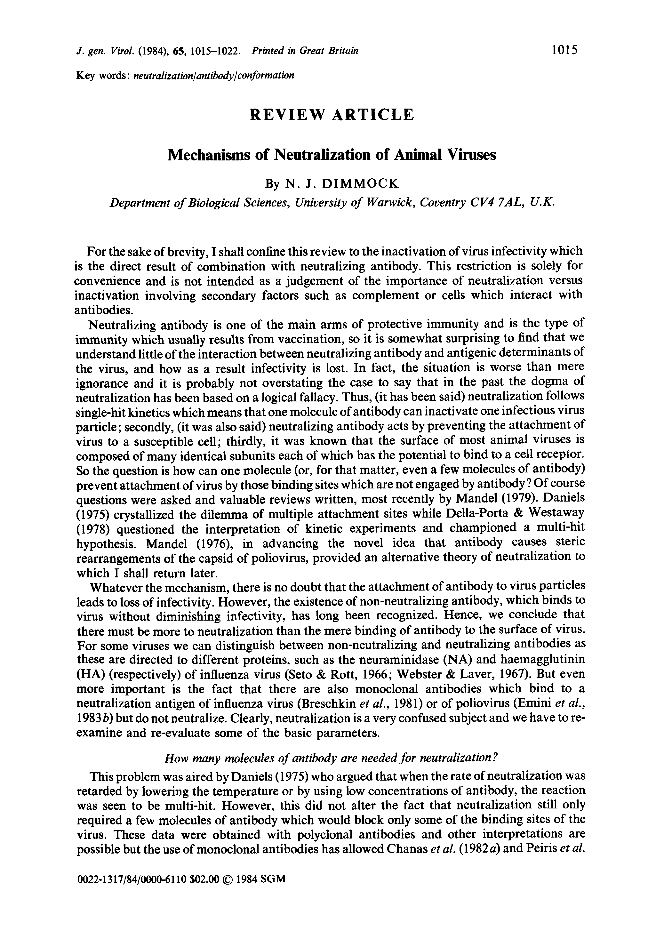
Full text loading...

Mechanisms of Neutralization of Animal Viruses, Page 1 of 1
< Previous page | Next page > /docserver/preview/fulltext/jgv/65/6/JV0650061015-1.gif
There is no abstract available.

Article metrics loading...

Full text loading...
References


Data & Media loading...
